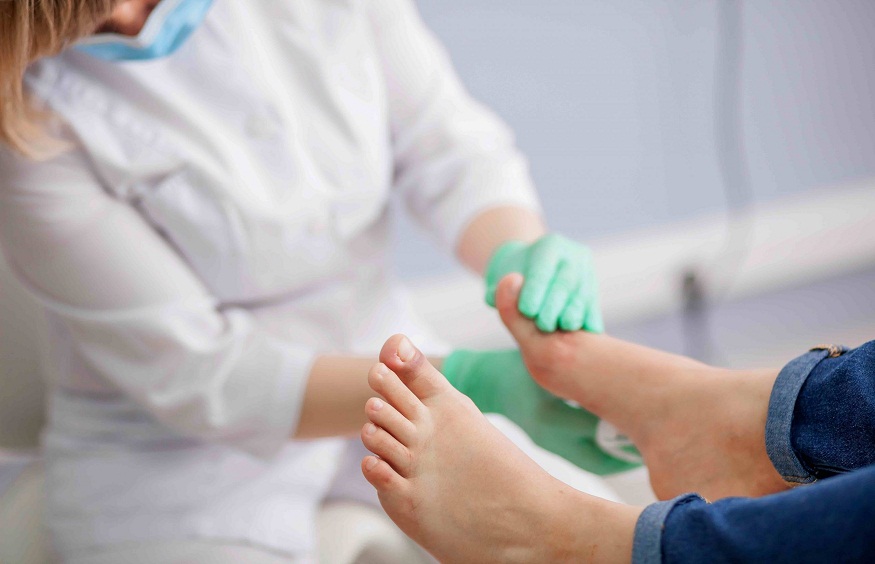Proctologists play a crucial role in diagnosing and treating conditions of the lower digestive tract. They have specialized tools to aid in their work. Understanding these tools helps demystify the field and reduce anxiety around procedures. From scopes to probes, each instrument has a specific purpose. When dealing with issues like hemorrhoids gainesville residents can feel confident knowing that their doctor uses the best tools to ensure accurate diagnosis and effective treatment. Let’s explore three key tools commonly used by proctologists.
Rigid Sigmoidoscope
The rigid sigmoidoscope is a common tool in proctology. It helps examine the lower part of the colon. It is a straightforward instrument that allows doctors to view the rectal and lower colon area directly. This tool is essential for identifying growths or abnormalities. It has a simple design with a tube and light source. The rigid sigmoidoscope provides a clear view, making it easier to diagnose conditions.
Anoscope
An anoscope is another essential tool for proctologists. It is used to examine the anal canal and the lower rectum. The anoscope is a short, tube-like instrument that also has a light source. It is particularly useful for diagnosing issues like hemorrhoids. With this tool, proctologists can perform thorough examinations and even some minor procedures. This makes the anoscope invaluable in early diagnosis and treatment.
Proctoscope
The proctoscope is similar to the anoscope but slightly longer. It allows for a more in-depth examination of the rectum. This tool is vital for detecting polyps or other issues further up the rectal cavity. Like the anoscope, the proctoscope is equipped with a light to help visualize the interior. Its design also allows for minor procedures, such as biopsies, during an examination.
Comparison of Proctology Tools
| Tool | Length | Primary Use | Additional Features |
| Rigid Sigmoidoscope | Up to 60 cm | View lower colon | Direct visualization |
| Anoscope | 5-7 cm | Examine anal canal | Minor procedures |
| Proctoscope | 10-12 cm | Examine rectum | Biopsies |
Why These Tools Matter
Understanding these tools brings clarity to proctology. Each tool has a unique role in diagnosis and treatment. For instance, the rigid sigmoidoscope’s extended reach helps identify problems in the lower colon, while the anoscope focuses on anal canal issues. The proctoscope offers a deeper look into the rectum. Each tool’s design caters to specific diagnostic needs, making them indispensable in routine care.
Procedures and Patient Care
Proctologists rely on these tools for various procedures. Routine care often involves examinations with these instruments. This ensures accurate diagnosis and reduces the need for invasive surgery. Using these tools, doctors can perform minor procedures on the spot. This makes treatment more efficient and less stressful for patients.
For more detailed information on proctology practices and tools, you can refer to resources from the National Institute of Diabetes and Digestive and Kidney Diseases and the Centers for Disease Control and Prevention.
Conclusion
The tools used by proctologists are key to effective diagnosis and treatment. Understanding them helps ease fears and prepares patients for what to expect. From examining the anal canal with an anoscope to exploring the rectum with a proctoscope, each tool serves a vital function. Proctologists’ expertise, combined with these instruments, ensures the best care for patients experiencing issues such as hemorrhoids. With a better understanding of these tools, one can approach treatment with confidence and clarity.




